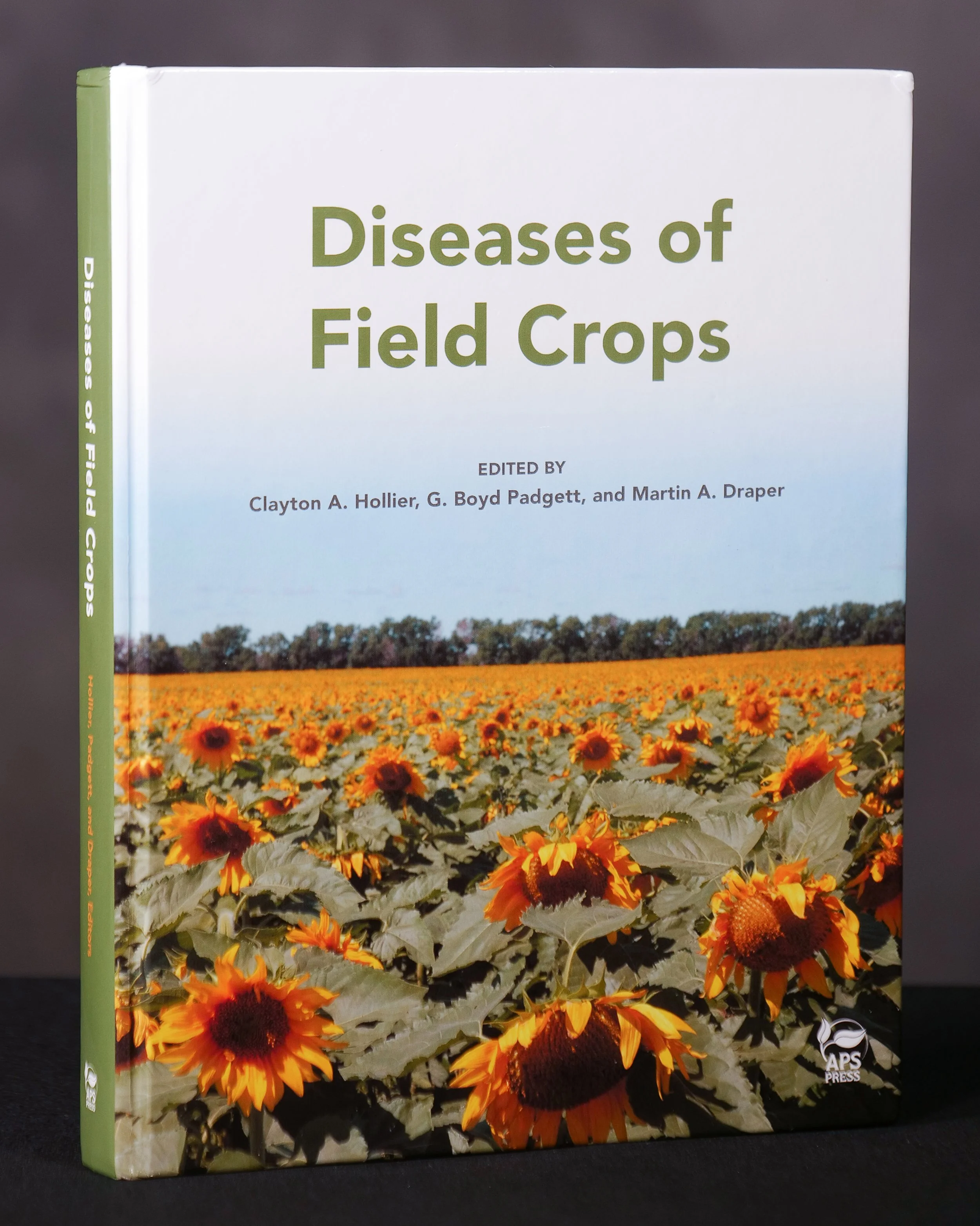The theme of this year’s 4-H University was “Excel” and hundreds of extraordinary students from across the state did just that, winning and placing in a variety of categories from e-sports to insect identification and beyond.
Read MoreSugarcane varieties are the lifeblood of the Louisiana sugar industry. Therefore, variety selection is one of the most important decisions on the farm. This decision has long term consequences. The goal is to maximize profitability on every acre of the farm for each year of a long crop cycle.
Read MoreWith a heat wave gripping Louisiana, scores of farmers sweated, sipped water and shaded themselves with hats and event programs as they toured the LSU AgCenter H. Rouse Caffey Rice Research Station during its annual field day June 28.
Read MoreA new crop disease reference guide co-edited by two LSU AgCenter-affiliated plant pathologists is designed to aid students, crop consultants and producers for decades to come.
“Diseases of Field Crops,” a 400-page reference guide, details disease symptoms of 22 major field crops with more than 800 high-quality photographs.
Read MoreHot and dry weather may limit the yields for some of Louisiana’s most important crops, though the full impact won’t be known until harvest, LSU AgCenter experts say.
Read MoreA new crop disease reference guide co-edited by two LSU AgCenter-affiliated plant pathologists is designed to aid students, crop consultants and producers for decades to come.
Read MoreA field day highlighting soil fertility and Best Management Practices in sugarcane will be held July 13, 2023, at the Keith Dugas Farm, 5585 LA-1 in Napoleonville.
Registration begins at 8:30 AM and lunch will be provided.
Read MoreMonthly report of the current production practices of various beef, pork, poultry and dairy products.
Read MoreWith temperatures nearing 90 degrees before 10 a.m., producers from across the state endured the heat and humidity to learn the latest on planting and disease control and to taste unreleased varieties at a commercial vegetable field day June 14 at the LSU AgCenter Botanic Gardens at Burden.
Read MoreIf you find irregular patches of soybean plants that look generally stunted, yellow, or dead, the cause could be nematodes. Generally, nematodes jeopardize the root system of the plant. Therefore, the plants will often have symptoms that mimic other maladies such as drought and nutrient deficiency. It is not uncommon to find nematodes throughout Louisiana. A recent survey (2019-2021) detected Southern root-knot nematodes in 22% of 164 fields.
Read MoreFoliar symptoms are usually not evident until soybean is in the mid to late reproductive growth stages. Initial symptoms are small chocolate brown lesions on the petioles near the leaflet. As the disease progresses, foliar symptoms are expressed as a reddish brown to tan discoloration on the upper leaf surface in the upper canopy.
Read MoreAs anyone in South Louisiana knows, rice is a major part of one’s diet. It is the most widely consumed staple food for more than half of the world’s population, which continues to grow each year. With the production of rice increasing, so does the need for water to grow it. In order to not use up nature’s most precious valuable resource—water—one LSU College of Engineering professor is working with the LSU AgCenter to design a new variety of rice that will be able to withstand drought conditions, making rice production fruitful while not exhausting natural resources.
Read MoreA major goal of the Louisiana Farm to School Act is to promote the use of locally grown and raised foods in school nutrition programs. One avenue to achieve this is for school food service personnel to source ingredients for school cafeteria meals within the state. In doing this, school districts directly support their local economies and community members who grow these products.
Read MoreThe Louisiana County Agricultural Agents Association met in Gonzales June 4 to 7 for its annual meeting and professional improvement conference. The meeting culminated with an awards banquet highlighting the achievements of LCAAA members throughout the year.
Read MoreAn elementary school implements a gardening and culinary program to teach students how to prepare recipes using produce grown in their own school garden through the help of a local farmer.
Read More














